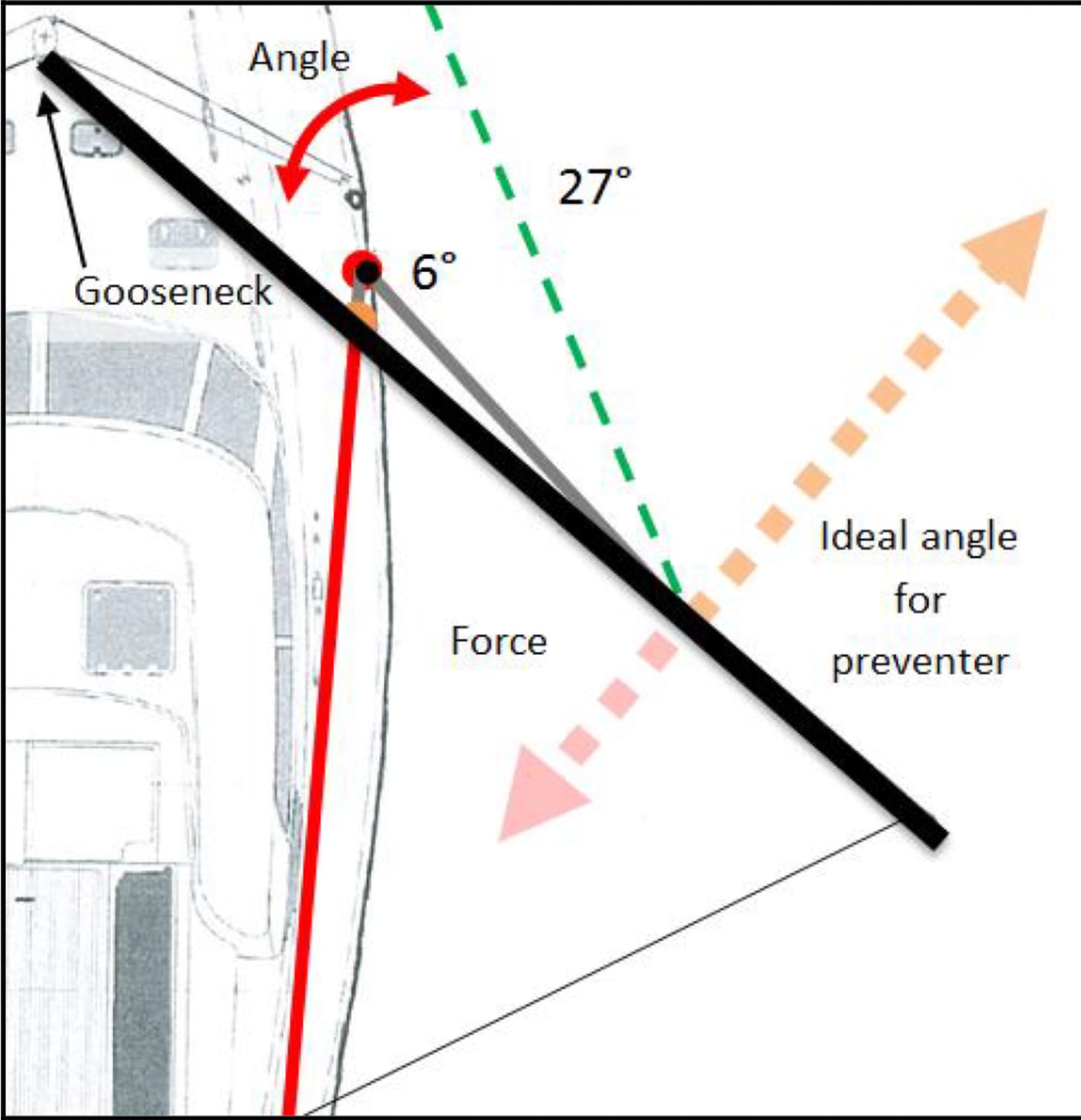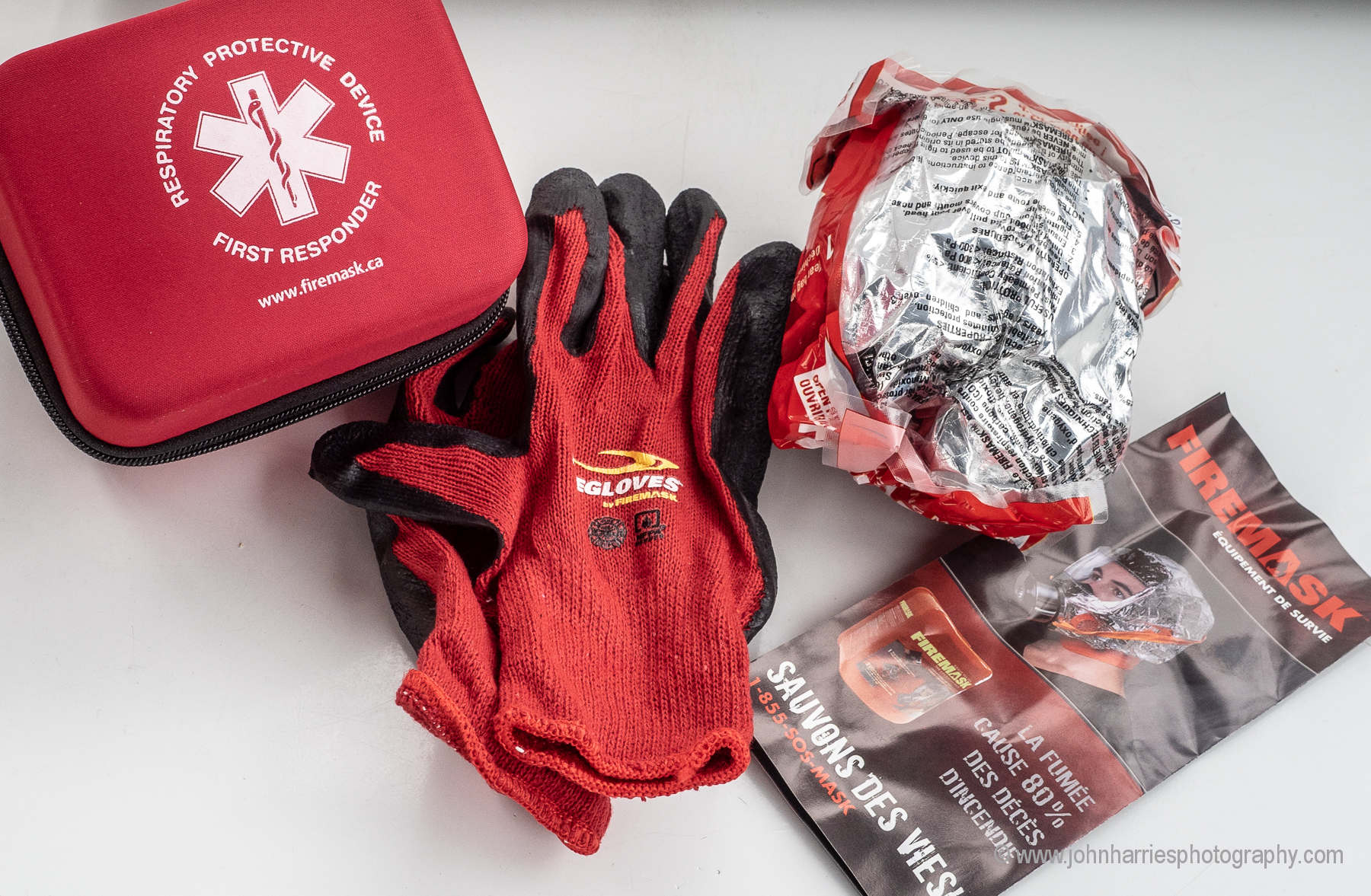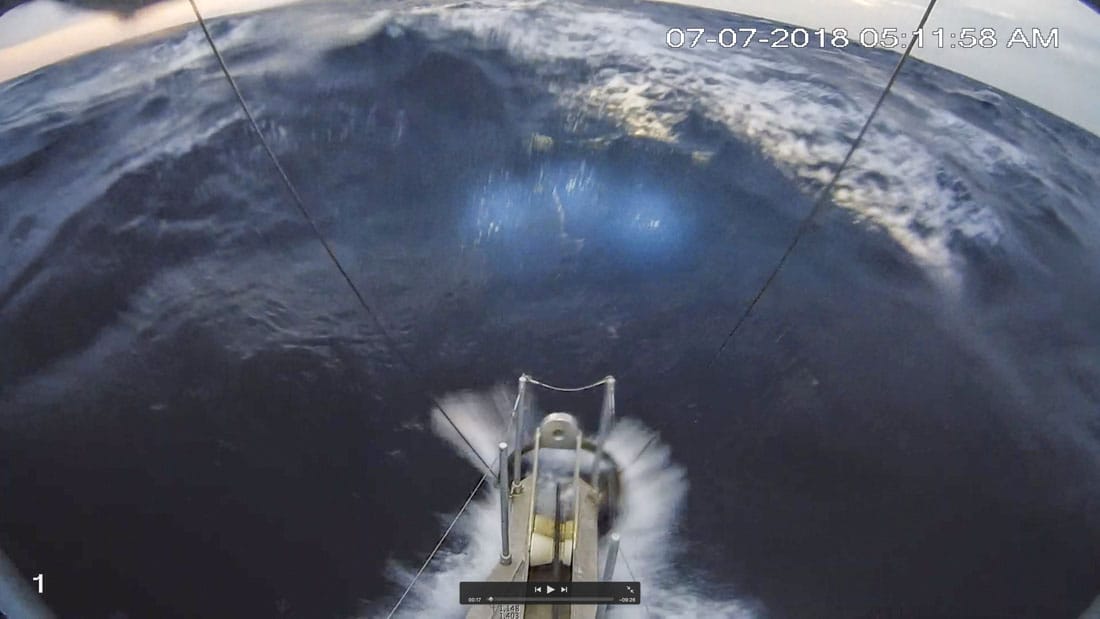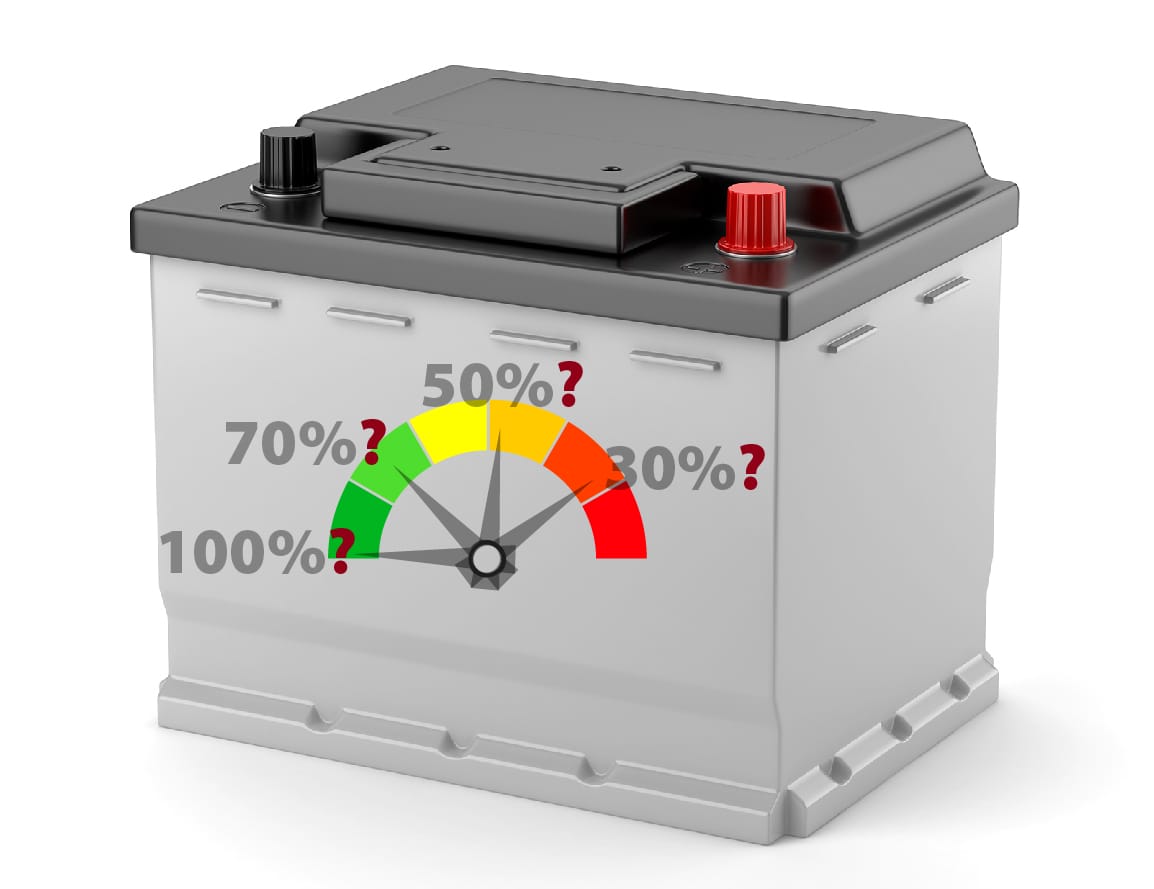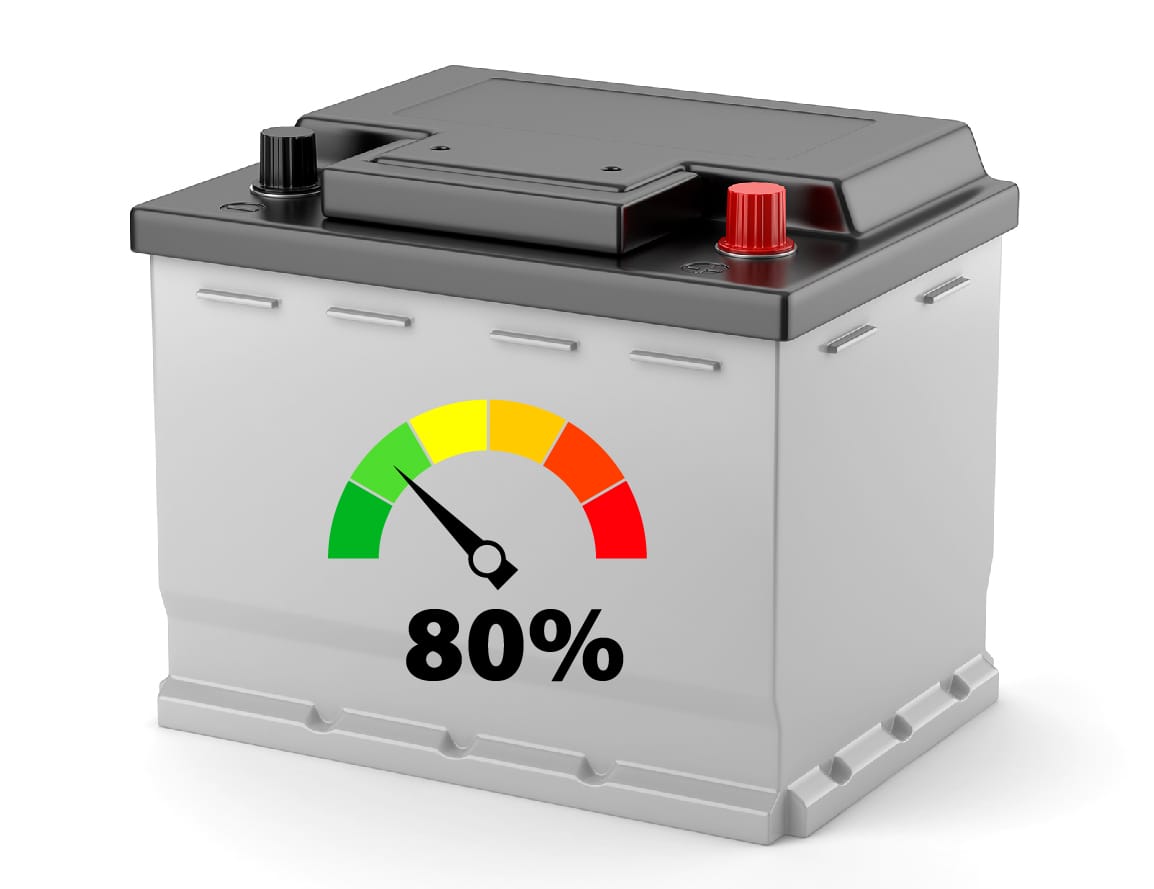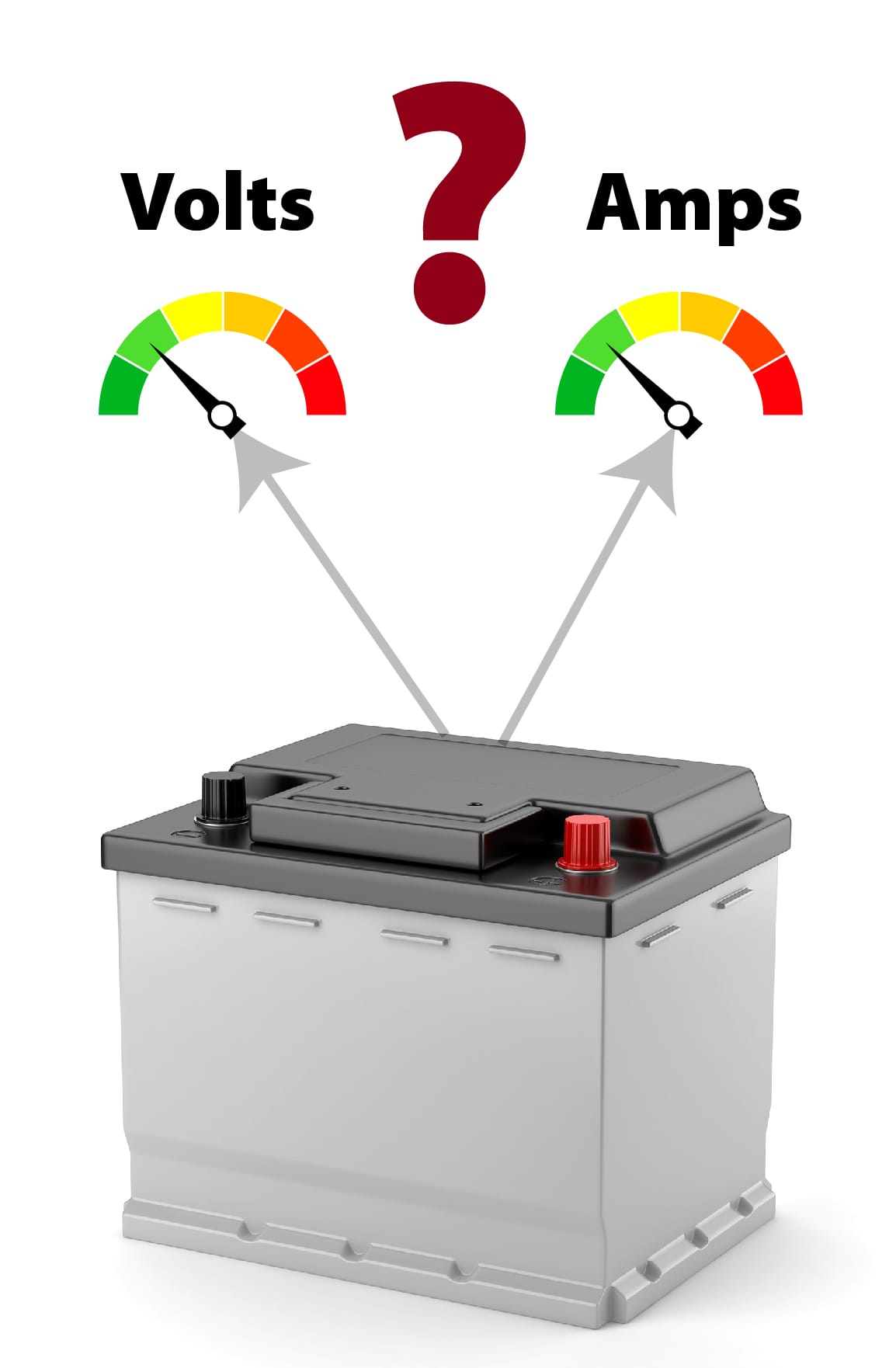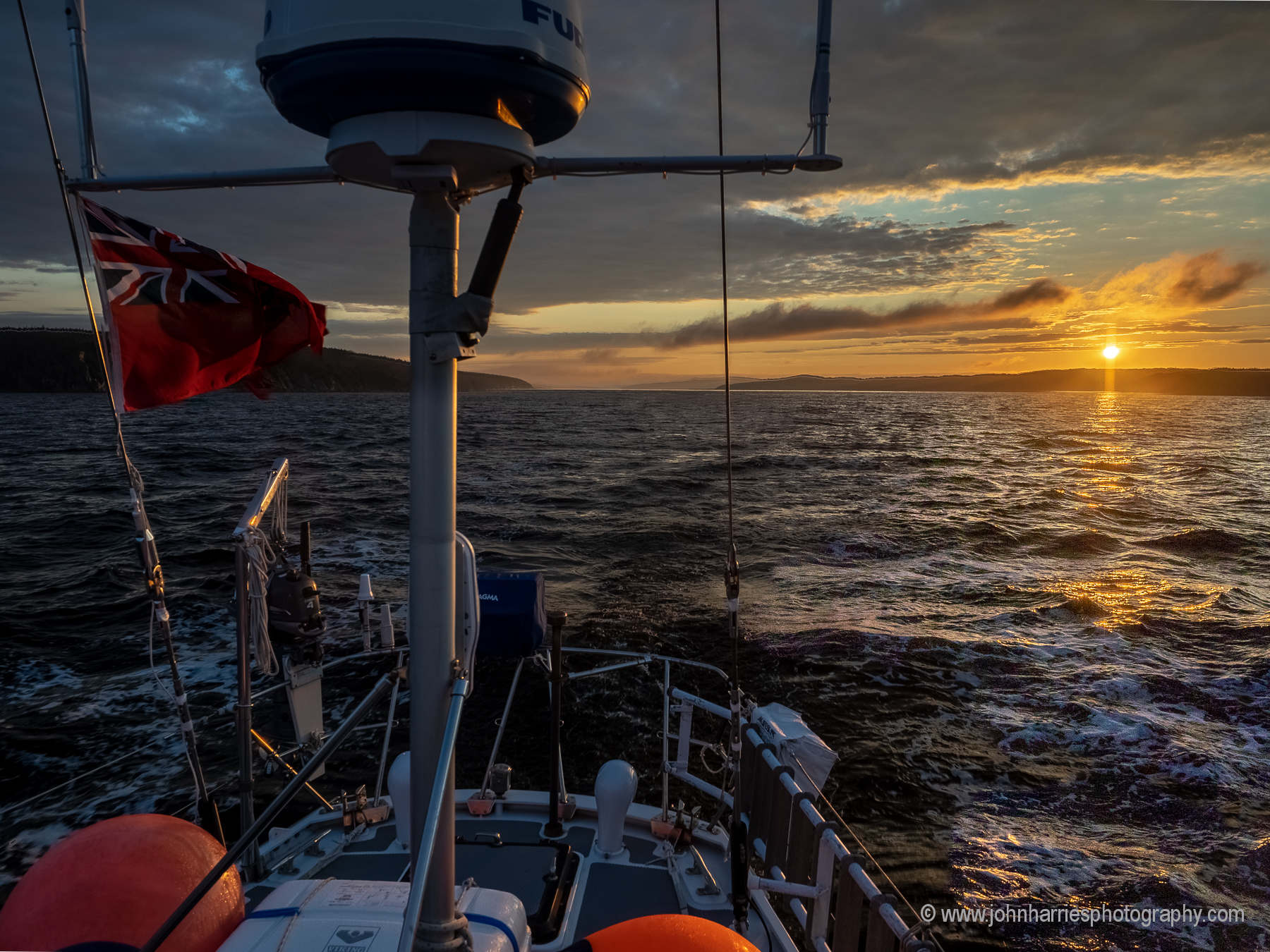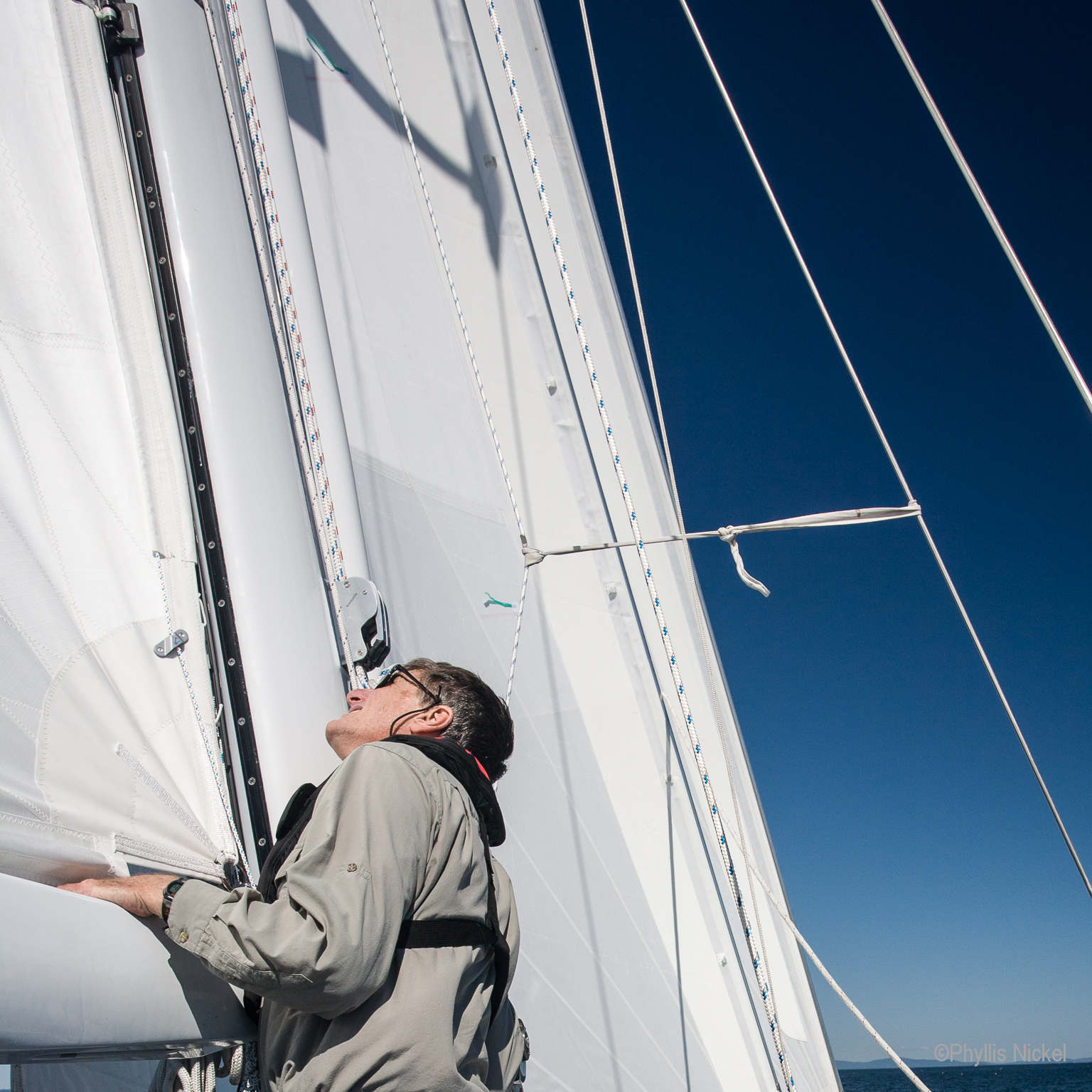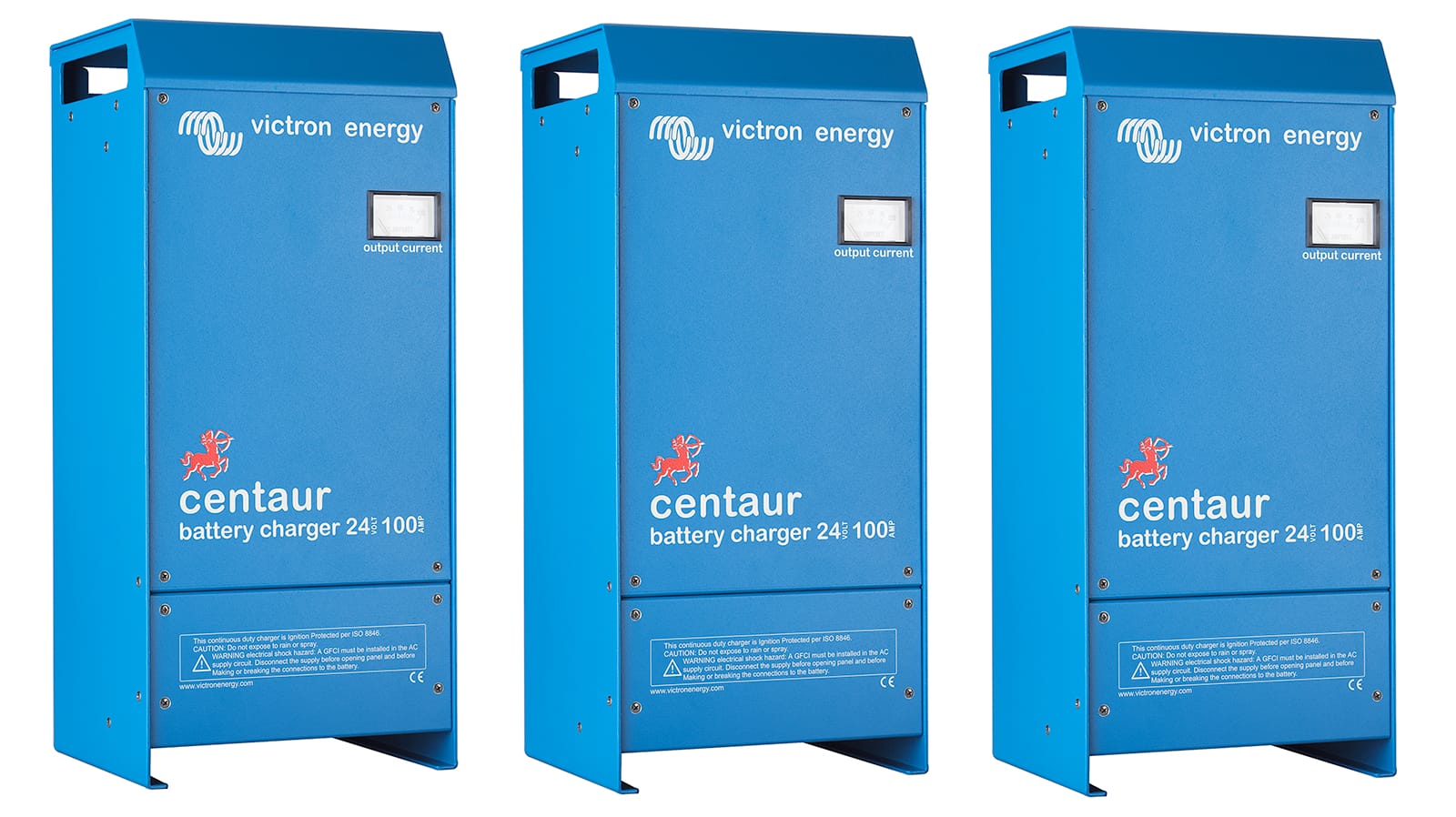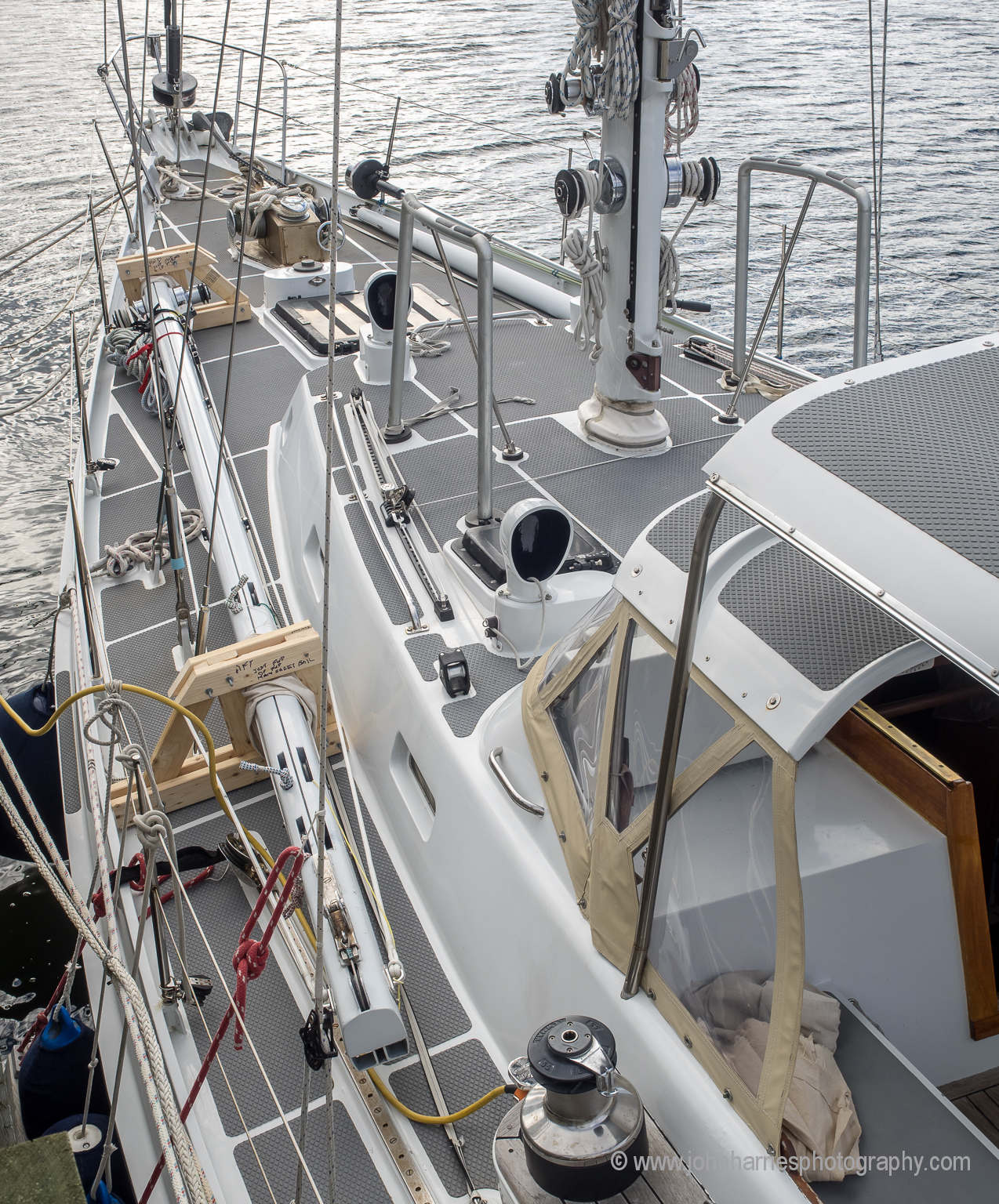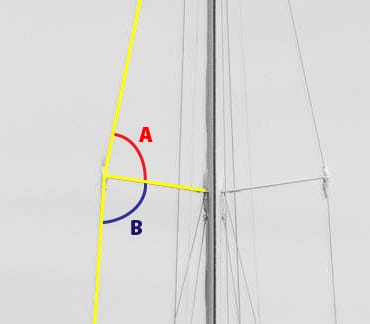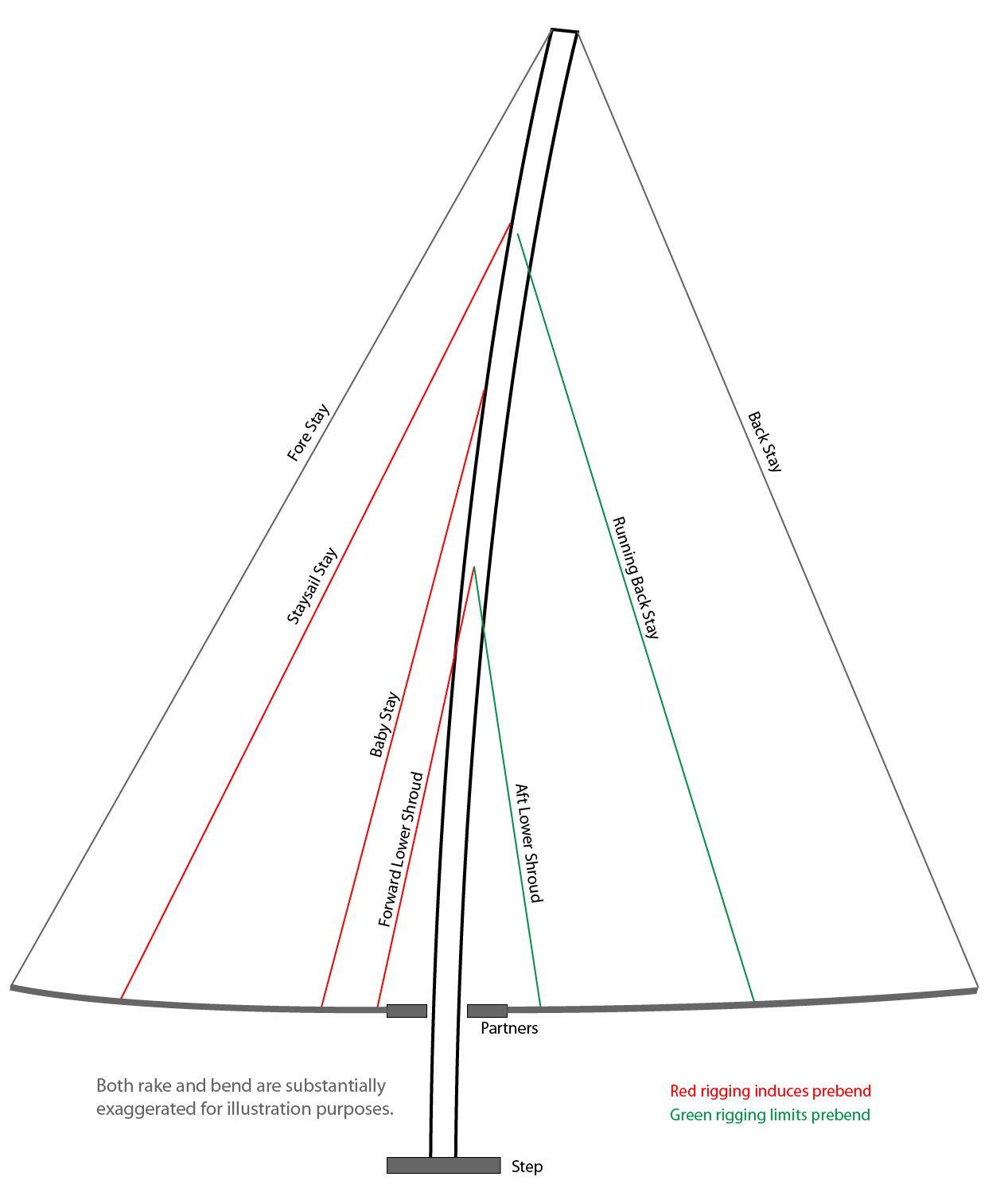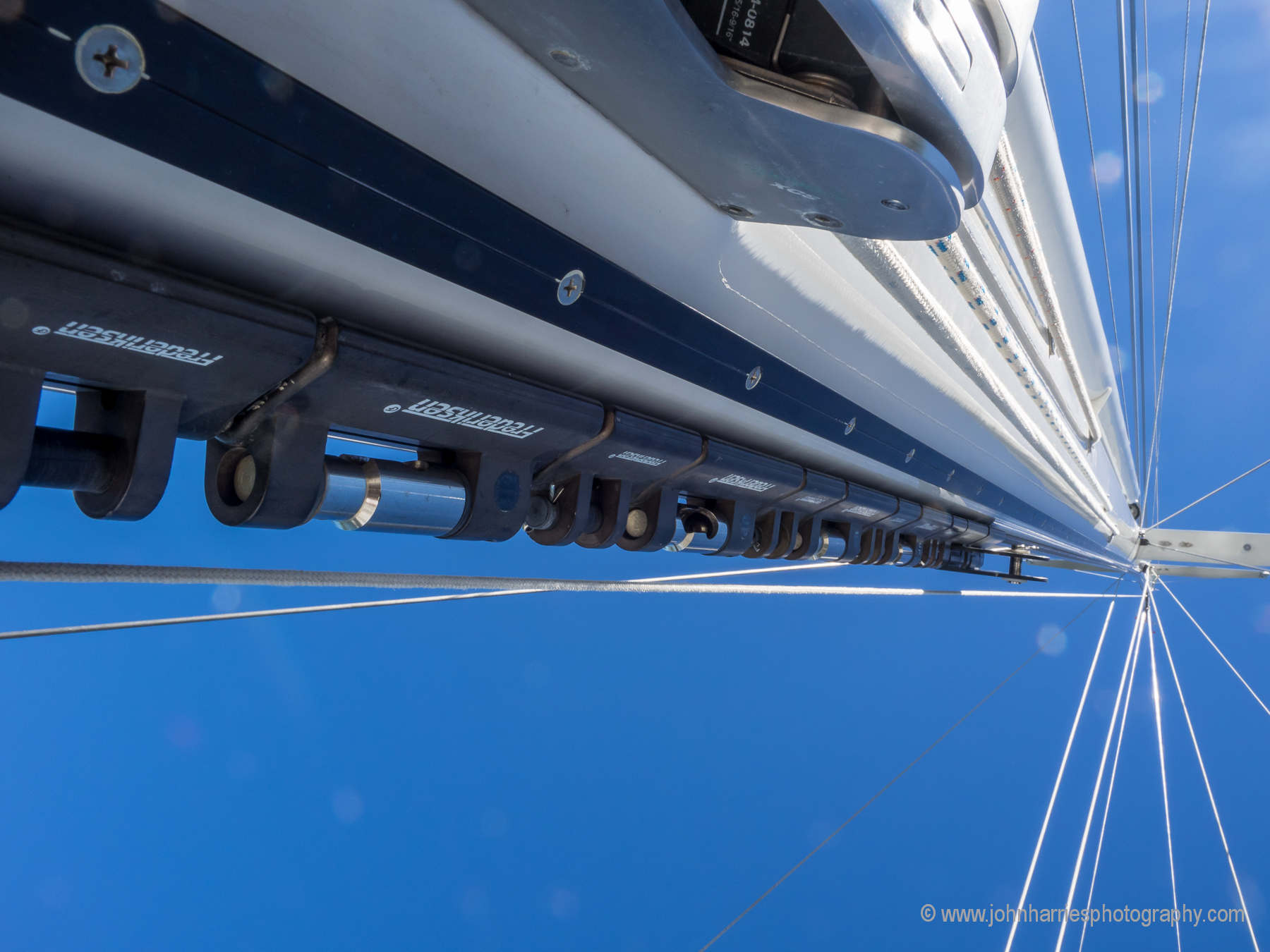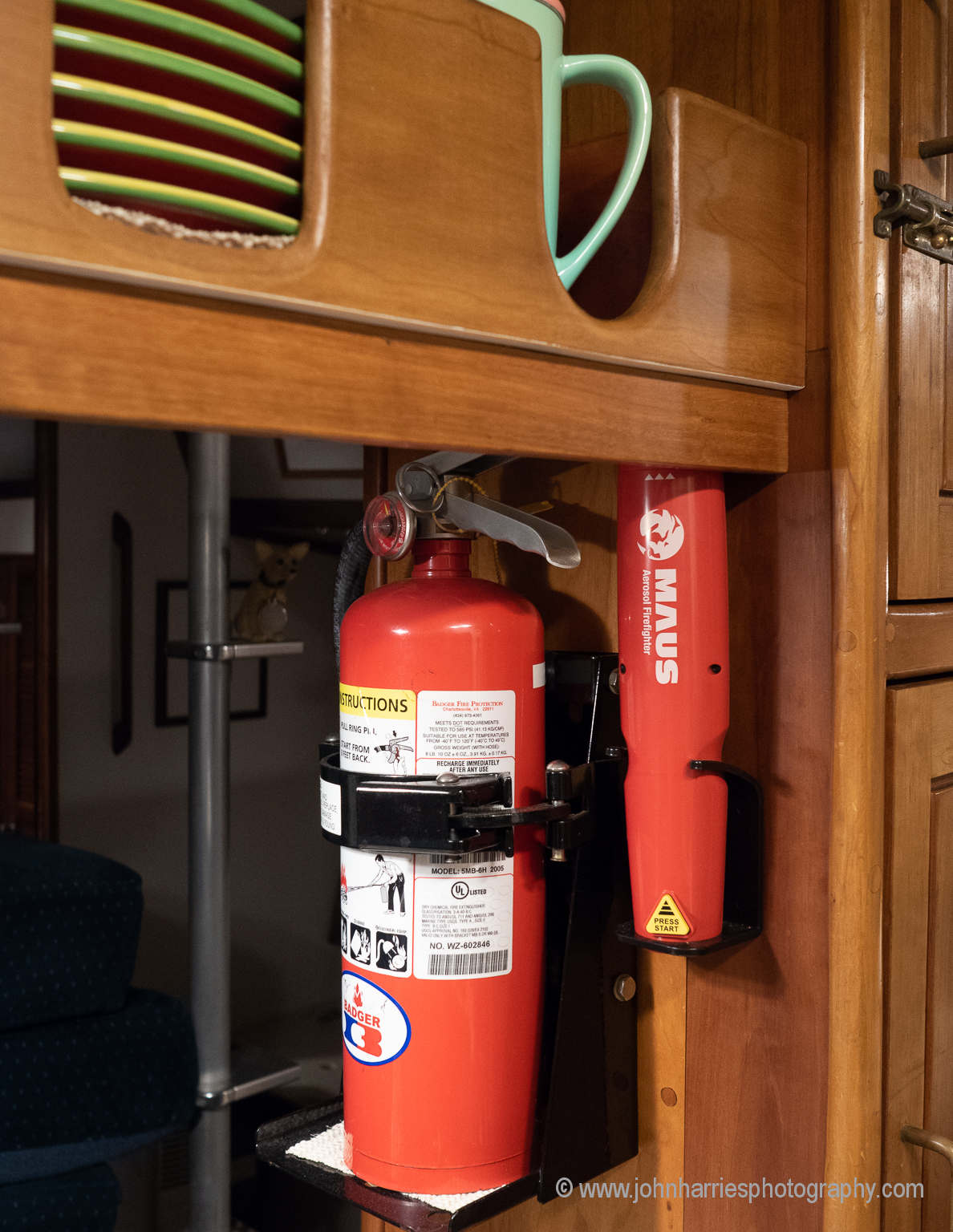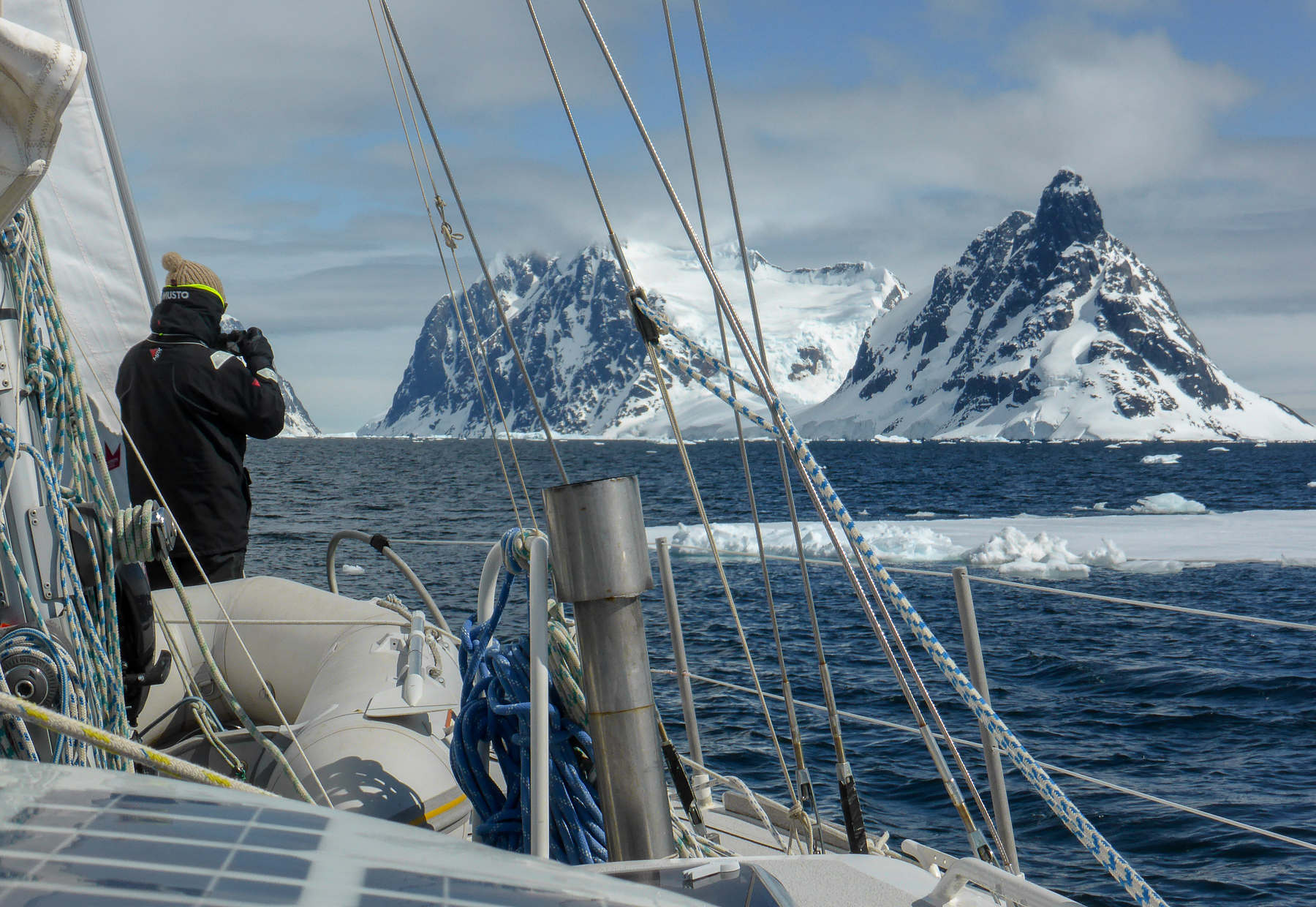-
AIS Crew Overboard Beacons—Setting Up The Boat Alarms Right
35 CommentsReading Time: 10 minutesMembersRead more: AIS Crew Overboard Beacons—Setting Up The Boat Alarms RightSo now that we have bought AIS Crew Overboard Alarms, all is safe and good, right? No, not really. We also need to make sure that we are going to get an alarm on the boat that will set a rescue in motion. And that’s a lot more complex than just relying on a beep from our AIS receiver or plotter. But never fear, John has done the research, come up with a good solution, sailed with…
-
Just Get a Series Drogue Designed By Don Jordan…Dammit!
116 CommentsReading Time: 8 minutesMembersRead more: Just Get a Series Drogue Designed By Don Jordan…Dammit!There are few subjects that offshore sailors like to discuss and argue about more than which is the best storm survival strategy and related gear. But it’s time to stop the debate because it’s a solved problem.
-
Amidships “Preventers”—A Bad Idea That Can Kill
85 CommentsReading Time: 5 minutesMembersRead more: Amidships “Preventers”—A Bad Idea That Can KillJohn has long advocated for preventers rigged from the boom well outboard to the bow as the only right way. We now have solid engineering, and a tragedy, to show how important this is.
-
Rogue Waves Are Not Bad Luck
61 CommentsReading Time: 7 minutesMembersRead more: Rogue Waves Are Not Bad LuckThe most common reason for yacht abandonment at sea is being capsized by a rogue wave. But is rogue a good description of these boat-killing waves? And are there things we can do to reduce roll-over risk?
-
5 Ways We Are Updating Our Thinking On Fire Fighting
67 CommentsReading Time: 7 minutesMembersRead more: 5 Ways We Are Updating Our Thinking On Fire FightingBased on the great comments from experts on a previous post, Phyllis and John have substantially changed their thinking on fighting a fire aboard.
-
Hull Design Torture Test
35 CommentsReading Time: 4 minutesFreeRead more: Hull Design Torture TestJohn links to a must-read article on hull design for heavy weather and highlights a couple of really important things he learned from it.
-
Battery Monitors, Part 3—Calibration and Use
27 CommentsReading Time: 11 minutesMembersRead more: Battery Monitors, Part 3—Calibration and UseThe single biggest bitch we hear about battery monitors is that they are always wrong. John shares how to fix that and make your batteries last a lot longer too.
-
Battery Monitors, Part 2—Recommended Unit
32 CommentsReading Time: 8 minutesMembersRead more: Battery Monitors, Part 2—Recommended UnitBeing able to accurately monitor our batteries is a vital function for all cruisers, but which of the multitude of systems offered should we buy and install? John defines the functions we actually need, and then recommends a monitor.
-
Battery Monitors, Part 1—Which Type Is Right For You?
35 CommentsReading Time: 5 minutesMembersRead more: Battery Monitors, Part 1—Which Type Is Right For You?It’s tempting, when selecting a complex piece of gear like a battery monitor, to dive straight into the details and features, but that’s a near-sure route to a bad decision. First let’s take a giant step back and look at the two main types of monitors and decide which is right for each of us.
-
Rigging Tips Part 1
58 CommentsReading Time: 11 minutesMembersRead more: Rigging Tips Part 1John puts his lazy streak on display with five rigging hacks to do less work, but still do things right.
-
10 Things That Are Common On Offshore Cruising Boats…But Shouldn’t Be
54 CommentsReading Time: 7 minutesMembersRead more: 10 Things That Are Common On Offshore Cruising Boats…But Shouldn’t BeIt’s always easier not to fix our boats right, and using the excuse that everyone does it like this is a tempting way to excuse doing extra work and spending more money, but the sea does not recognize excuses.
-
Cruising Newfoundland
23 CommentsReading Time: 3 minutesFreeRead more: Cruising NewfoundlandPhyllis and John are back out cruising and in one of their favourite parts of the world.
-
Rig Tuning, Part 5—Sailing Tune
15 CommentsReading Time: 9 minutesMembersRead more: Rig Tuning, Part 5—Sailing TuneIn the previous four parts of this series on mast tuning, we got all the basics taken care of, now we just need to go sailing to complete a great tune.
-
Battery Bank Size and Generator Run Time, A Case Study
54 CommentsReading Time: 8 minutesMembersRead more: Battery Bank Size and Generator Run Time, A Case StudyThese days, most boats with AC generators have significant DC (12- or 24-volt) battery banks that need to be charged regularly by the generator. But often that process is horribly inefficient. The good news is that the fix is easy, simple, and relatively inexpensive.
-
Practicing Seamanship Skills is Fun and Useful Too
13 CommentsReading Time: 3 minutesFreeRead more: Practicing Seamanship Skills is Fun and Useful TooJohn muses on why doing basic seamanship tasks, like moving heavy weights safely and efficiently using only the boat’s own gear, are so satisfying…and why the practice is important too.
-
Rig Tuning, Part 4—Mast Blocking, Stay Tension, and Spreaders
55 CommentsReading Time: 8 minutesMembersRead more: Rig Tuning, Part 4—Mast Blocking, Stay Tension, and SpreadersSetting up a rig to be safe and functional offshore is all about getting the details right. Here are some vital things to know and do.
-
Rig Tuning, Part 3—6 Steps to a Great Tune
19 CommentsReading Time: 9 minutesMembersRead more: Rig Tuning, Part 3—6 Steps to a Great TuneJohn bored you to death with a lot of mast tuning theory in the last chapter, but here’s the pay off: a step-by-step guide that will yield a good tune every time.
-
Rig Tuning, Part 2—Understanding Rake and Bend
18 CommentsReading Time: 8 minutesMembersRead more: Rig Tuning, Part 2—Understanding Rake and BendIn Part 1 we got the mast upright in the athwartship plane so it was not leaning over to one side or the other. Now let’s set the fore and aft rake and bend. But before we set off on that long and winding road we need to make sure we know what the destination is, and that’s what this chapter is about.
-
Rig Tuning, Part 1—Preparation
47 CommentsReading Time: 9 minutesMembersRead more: Rig Tuning, Part 1—PreparationGetting the rig properly tuned is vital for any sailboat, but it’s not easy to do right. John takes the mystery out of the process with a step-by-step procedure that works.
-
Not So Boring Privacy Policy, Part 2—Information We Store About, and Emails We Send To, Members
16 CommentsReading Time: 5 minutesFreeRead more: Not So Boring Privacy Policy, Part 2—Information We Store About, and Emails We Send To, MembersIn case we didn’t manage to cure your insomnia with Part 1, we now have Part 2. The good news is that this is the last one that’s relevant for members, and now we can all get back to something we actually care about: offshore voyaging.
-
Maus Fire Extinguishers—A Breakthrough?
93 CommentsReading Time: 5 minutesFreeRead more: Maus Fire Extinguishers—A Breakthrough?Fire at sea. Those three words strike fear into the heart of any prudent mariner. John takes a look at a new fire extinguisher that may be uniquely suited for use on cruising boats.
-
Not Boring Privacy Policy—Cookies
18 CommentsReading Time: 8 minutesFreeRead more: Not Boring Privacy Policy—CookiesWith all the recent hullabaloo about internet privacy, it’s time to update our privacy policy. Here it is in plain old English with some interesting stuff mixed in to keep it from being boring and it might even help you decide what to do about practices on other sites.
-
Battery Options, Part 2—Lead Acid
95 CommentsReading Time: 10 minutesMembersRead more: Battery Options, Part 2—Lead AcidJohn takes an in-depth look at the benefits and drawbacks of carbon foam, liquid filled, and AGM lead acid batteries, and then reveals his thinking if faced with battery replacement today.
-
Two Dangerous Rigging Mistakes
41 CommentsReading Time: 5 minutesMembersRead more: Two Dangerous Rigging MistakesThe loads on a modern offshore cruising boat are substantial so we sailors need to really think about how we handle them. John discusses two common mistakes and what we can all learn from them.
-
Boréal Yachts—Looking To The Future
59 CommentsReading Time: 7 minutesMembersRead more: Boréal Yachts—Looking To The FutureColin and Jean-Francois Eeman, Boréal Yachts’ Managing Director, pick up where they left off in Part I and talk about Boréal’s plans for the future—it’s exciting stuff.


